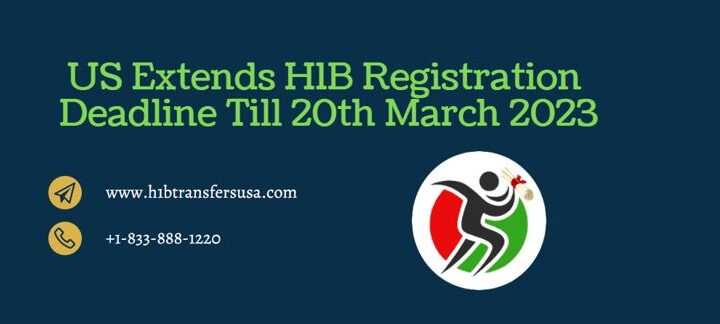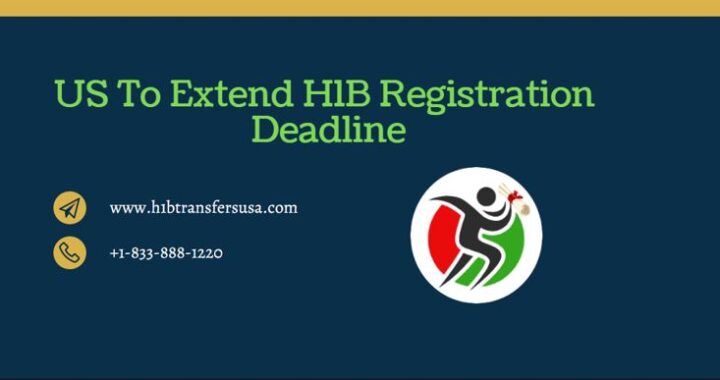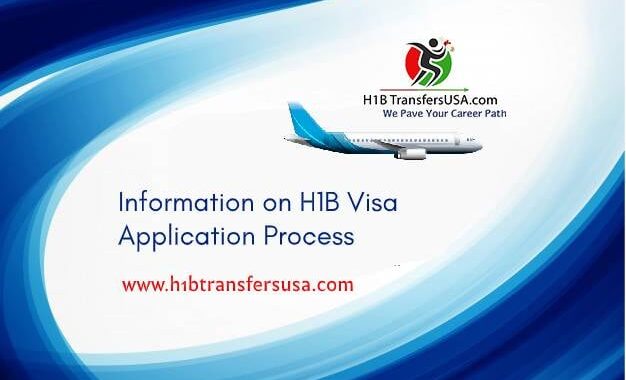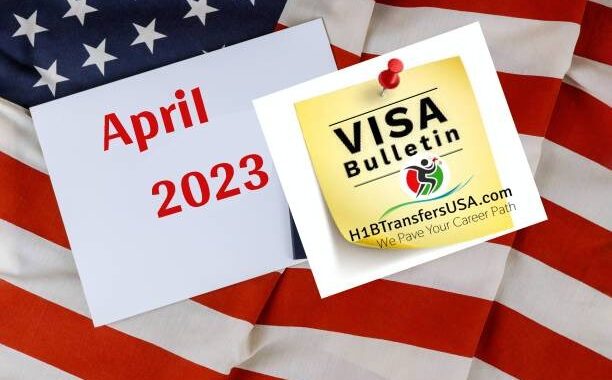Indians Moving To Canada Due To Outdated H-1B Policy, US Lawmakers Told
3 min read
The much sought-after Indian talent is presently getting attracted towards Canada in large numbers, away from the United States as a result of its outdated H-1B visa policy, immigration and policy experts have revealed to US lawmakers.
This is mainly because of the per-country quota on giving the employment-based green cards or permanent residency, the experts said on Tuesday, urging Congress to act fast to prevent the Indian talent from moving to Canada from the United States.
Without Congressional action, the total backlog for all three employment-based categories for Indians would increase from an expected 9,15,497 people right now to an expected 21,95,795 people by fiscal 2030, executive director of the National Foundation for American Policy Stuart Anderson said.
“We should let that number sink in: Within 10 years, more than 2 million individuals will be waiting in line for years or even decades for employment-based green cards,” he submitted in his declaration before the House Judiciary Committee-Subcommittee on Immigration and Citizenship.
“This has occurred in response to how difficult it is to work in the United States in H-1B status or gain permanent residence, and the comparative ease of international students and foreign nationals working in temporary status and then obtaining permanent residence in Canada,” he said.
The number of international students from India enrolled in graduate-level computer science and engineering at US universities declined by more than 25 percent between 2016-17 and 2018-19 academic years. As indicated by a study of US government data by the National Foundation for American Policy (NFAP).
Indians Moving To Canada Due To Outdated H-1B Visa Policy
To place the significance of the decline in context, international students represent roughly 75% of the full-time graduate students at US colleges in computer science. Moreover, in the 2016-17 academic year, 66% of the international students at the graduate level in computer science at US universities were from India.
Simultaneously, fewer Indian students were coming to America. The number of Indian students going to Canadian colleges rose from 76,075 out of 2016 to 1,72,625 out of 2018. An increase of 127%, as per the Canadian Bureau for International Education, he said.
“On the whole, Canada’s immigration policies are far superior to America’s for facilitating the entry of talented individuals. Congress set up America’s policies in 1990, before cell phones, e-commerce, social media, cloud computing. Also, the daily use of the internet exploded the demand for high-skilled technical labor. The world has changed since 1990. U.S. immigration policy has not, Anderson said.
The Canadian government has made it progressively simple for employers to attract and retain talent. On the other hand, numerical restrictions on high-skilled temporary visas. Block the vast majority of foreign-born applicants from working in America in a given year, Anderson said.
In March 2021, employers filed 3,08,613 H-1B registrations for cap selection for FY 2022 for just 85,000 H-1B petitions. “That implies more than 72% of H-1B registrations for high-skilled foreign nationals were rejected. Even before an adjudicator evaluated the application, he said.
H1B Policy
With more than 1,00,000 H-1B cap submissions denied every year. The United States has turned away millions of qualified, highly-skilled, and often US-educated people who are going to different nations. To contribute to their economy, Young said, noticing that the issue of raising or eliminating of H-1B visa policy. And per country immigrant visa caps have often fallen victim to incorporation into an overall immigration reform bill.
Sudip Parikh, the CEO and Executive Publisher, Science Journals, American Association for the Advancement of Science, told lawmakers. That it is important that US immigration policies reflect a 21st-century approach. Similarly that the Congress is now working on legislation to advance research and innovation in critical technologies to compete with China.
[USCIS Launches H-2B Employer Data Hub]
Parikh urged Congress to expand dual intent visas to include foreign student visas (e.g., F-1 visas). To permit them the option to apply for permanent residency. And adjust post-graduation immigration law to ease entry to work for skilled graduates.
A few organizations have recommended proposals to ‘staple a green card‘. To international students graduating with a diploma in specific, targeted fields of study to meet US demands, he said. Asking Congress to keep on excluding higher education and research institutions from the H-1B visa caps.






